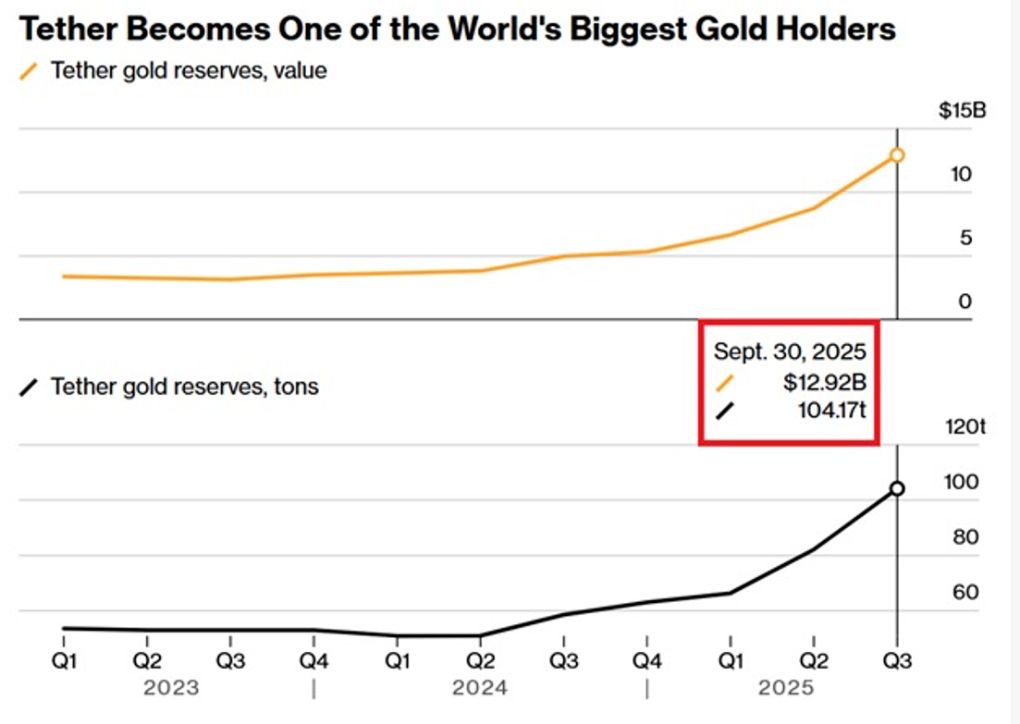China Weighs Yuan Stablecoins Amid Fear of Dollar's Shadow
- China maintains strict caution over stablecoins, prioritizing regulation to prevent systemic risks and protect its efficient retail payment systems. - Former PBOC Governor Zhou Xiaochuan warned against stablecoin speculation risks, emphasizing existing infrastructure advantages and regulatory gaps in major markets. - China explores yuan-backed stablecoins to counter dollar dominance, leveraging Hong Kong's pilot framework for controlled experimentation. - Global dollar stablecoin expansion pressures Chin
China’s stance on stablecoins remains deeply cautious, with policymakers emphasizing the need for stringent regulation and monitoring to prevent systemic risks. Former PBOC Governor Zhou Xiaochuan recently voiced strong reservations about the potential for stablecoins to disrupt China’s highly developed retail payment systems, which he described as “highly efficient and low-cost.” These systems, which include third-party payment platforms, the central bank digital currency (CBDC), and clearing infrastructure, have seen decades of refinement, making them difficult to outperform in terms of cost or speed. Zhou argued that claims of traditional cross-border systems being “extremely expensive” are overstated, suggesting that the existing infrastructure already offers significant advantages in cost and efficiency [1].
The concerns extend beyond mere cost efficiency. Zhou highlighted the potential for stablecoins to be exploited for speculative trading, fraud, and financial instability, particularly if they lack adequate oversight. He pointed out that current regulatory frameworks in the U.S., Hong Kong, and Singapore have not yet provided sufficient safeguards for stablecoins, which are supposed to be fully backed by liquid assets. “We must be vigilant about the risk of stablecoins being excessively used for speculative asset trading,” Zhou warned, citing the potential for fraud and instability in the financial system [1]. His comments reflect a broader apprehension within Chinese financial circles about the unregulated and decentralized nature of stablecoins, especially their potential to circumvent capital controls and state surveillance.
This cautious stance contrasts with recent developments suggesting that China may be considering a more open approach to stablecoins as a tool for internationalizing the yuan. Sources close to the State Council indicated that the government is planning to review a roadmap for the global use of yuan-backed stablecoins, aiming to counter the dominance of the U.S. dollar in the stablecoin market [3]. This potential shift is driven by the growing momentum of dollar-based stablecoins, which now account for over 99% of the global supply. By introducing its own yuan-backed stablecoins, China hopes to leverage blockchain technology to facilitate cross-border transactions and reduce reliance on traditional financial infrastructure controlled by Western institutions [3].
However, the path to implementing yuan-backed stablecoins is not without challenges. China’s strict capital controls and its efforts to manage capital flows in and out of the country remain significant obstacles. The country’s ambitions to elevate the yuan to a global reserve currency status have long been hindered by these controls, and stablecoins could either accelerate or complicate this process depending on how they are regulated. Hong Kong, which has recently enacted its own stablecoin ordinance, is expected to serve as a pilot for such experiments. The ordinance allows licensed entities to issue stablecoins pegged to the Hong Kong dollar or offshore yuan (CNH), providing a controlled environment to test the technology before potential expansion into the mainland [3].
The broader global context also influences China’s approach to stablecoins. The U.S. has been proactive in legitimizing dollar-backed stablecoins through the GENIUS Act, which mandates that all stablecoins be backed by high-quality liquid assets such as U.S. Treasury bills. This legislative move is seen as a strategic effort to reinforce the dollar’s dominance in global trade and finance. For China, the rapid expansion of U.S. dollar stablecoins poses a dual threat: it undermines the yuan’s internationalization efforts and provides a new channel for capital to flow out of China, potentially challenging the Communist Party’s control over financial systems [4].
In response to these external pressures, China has begun to explore state-controlled stablecoin models that align with its regulatory and surveillance priorities. Unlike decentralized stablecoins, these state-backed digital assets would be fully traceable and integrated into China’s digital identification system. This allows for real-time financial surveillance while maintaining the government’s ability to enforce capital controls and monetary policy. Proponents argue that such a model could enable programmable money with embedded restrictions, such as geographic usage limits or sector-specific spending caps, further reinforcing state oversight [4].
As China grapples with these emerging trends, it remains to be seen whether its cautious approach will evolve into a more proactive strategy. The recent internal discussions and regulatory developments suggest that policymakers are not entirely dismissive of stablecoins but are instead prioritizing control and stability. The upcoming Shanghai Cooperation Organisation (SCO) Summit is expected to provide a platform for discussing the role of yuan-backed stablecoins in cross-border trade and payments, signaling a potential shift in China’s long-term financial strategy [3].
Source: [1] Former PBOC Chief Zhou Pushes Back Against China Stablecoin Idea [2] Ex-PBOC Chief Warns of Stablecoin Crisis – Run Risk Echoes [3] China considering yuan-backed stablecoins to boost [4] Why China Is Spooked by Dollar Stablecoins and How It

Disclaimer: The content of this article solely reflects the author's opinion and does not represent the platform in any capacity. This article is not intended to serve as a reference for making investment decisions.
You may also like
Coinpedia Digest: This Week’s Crypto News Highlights | 29th November, 2025
QNT Price Breaks Falling Wedge: Can the Bullish Structure Push Toward $150?

Digital dollar hoards gold, Tether's vault is astonishing!

The Crypto Bloodbath Stalls: Is a Bottom In?
